Infectious Salmon Anemia virus can remain infective in cold, nonsterile seawater for at least a week
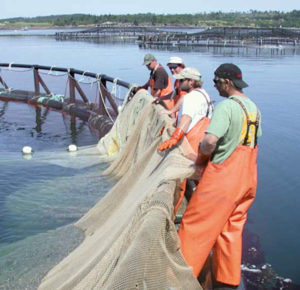
Infectious salmon anemia (ISA) is an infectious disease of salmonids caused by a virus in the Orthomyxidae family. It causes anemia and often extensive morbidity and mortality on infected farms. The disease has been difficult to control in Maine, USA, and New Brunswick, Canada, since its introduction to the region in 1996.
Efforts to control ISA are based on biosecurity and biocontainment. Biosecurity, preventing pathogen introduction to clean sites, and biocontainment, preventing pathogen dispersal from infected sites, go hand in hand. Without containment, the job of prevention is extremely difficult, if not impossible.
This association between biosecurity and biocontainment is perhaps no-where as pressing as in the aquatic environment, where water, wind and tidal currents enable the movement of particulates, wastes and microorganisms from farm to farm and region to region.
Proximity risks
In an opinion-based survey the authors conducted in 2002, fish-farming experts felt that a farm’s proximity to a clinical outbreak was a primary risk factor in the spread of ISA. Experts also felt that the time it took to remove an infected cage was a predictor of the severity of the spread of infection throughout a site.
Since farms typically isolate themselves as much as possible from one another with site-specific equipment, gear and crews; restrictions on traffic between farms; and cleaning and disinfection; locational risk is most likely due to waterborne transfer. Although biosecurity is very important, if a site sheds virus into a shared water column, neighboring sites can expect to be awash in virus on the next tide, regardless of their biosecurity precautions. Effective biocontainment, however, can be difficult and costly to practice.
ISA transmission
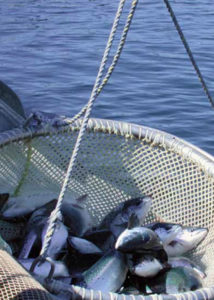
The U.S. Department of Agriculture and Micro Technologies, Inc., of Richmond, Maine, USA, repeatedly sampled water from and around an ISA-positive site last winter. ISA genomic material was frequently detected in these water samples, at times over a kilometer from the infected site.
Micro Technologies has also demonstrated that ISA virus can remain infective in cold, nonsterile seawater for at least a week. Given the extreme currents and tides in this part of the world, a week is plenty of time to travel from an infected site in Canada to a noninfected site in Maine or vice versa.
Furthermore, the prevalence of ISA-infected and presumably shedding fish in a cage increases rapidly over time in direct correlation with increases in mortality in the cage. Even preclinical fish can shed the virus.
In a study conducted on ISA-positive cages, the authors found a tight relationship between the proportion of polymerase chain reaction positives from fish sampled during the harvest of a cage and mortality rates in the same cage the week prior to harvest. At 0.05 percent mortality/day, once considered a threshold rate for confirming laboratory findings, the apparent prevalence of ISA is probably around 14 percent.
Early removal difficult
It is presumed that a key to effective control of ISA is removal of infected cages prior to large-scale shedding into a shared water column. However, early removal is a difficult control measure for the salmon industry to follow. A typical farm has eight to 20 cages at a site, each holding 10,000 to 30,000 fish of the same year class. At 4.08 kg average dressed weight and a price of U.S. $4.41/kg, each cage could net approximately $500,000. Loss of even a single cage represents a substantial loss in revenue.
In addition, diagnostic tests are imperfect, so early diagnoses are sometimes debated. Furthermore, even recommendations for removals of market-age fish can conflict with market demand, harvest scheduling and vessel availability, drug withdrawal times, or the weather. So compliance is a serious issue.
Field removal study
Maritime Veterinary Services (MVS) works with a number of salmon farms in both Maine and New Brunswick. With permission from the industry, MVS identified nine sites diagnosed with ISA during a targeted year class and production cycle. For each site, it calculated the length of time between diagnosis and harvest (speed of removal) of the first positive cage at each site. MVS also calculated the time between diagnosis of the index and secondary cages at each site, as well as the percentage of positive cages at two, three, and four months after onset of the index cage.
Study data suggested that speed of removal affected all of the measurements. Slow removals ultimately led to more infected cages and a possibly faster onset of infection in secondary cages.
Economic tradeoffs
Early removals of ISA-positive cages led to improved survival of neighboring cages and possible delays in onset of the secondary waves of ISA infection. Whether early removal translates to an economic gain for the farmer needs still to be shown. Do farms that hold on to their fish to match market pressures achieve enough short-term economic gain to make up for the eventual heightened spread of disease throughout their sites? Attempting to address this question empirically is the authors’ next step.
Editor’s Note: Results from this study were originally presented at the Aquaculture 2004 conference in Honolulu, Hawaii, USA.
(Editor’s Note: This article was originally published in the April 2004 print edition of the Global Aquaculture Advocate.)
Now that you've reached the end of the article ...
… please consider supporting GSA’s mission to advance responsible seafood practices through education, advocacy and third-party assurances. The Advocate aims to document the evolution of responsible seafood practices and share the expansive knowledge of our vast network of contributors.
By becoming a Global Seafood Alliance member, you’re ensuring that all of the pre-competitive work we do through member benefits, resources and events can continue. Individual membership costs just $50 a year.
Not a GSA member? Join us.
Authors
-
Lori Gustafson, DVM, M.Sc., Ph.D.
United States Department of Agriculture
Animal and Plant Health Inspection Service VS
16 Deep Cove
Eastport, Maine 04631 USA[118,111,103,46,97,100,115,117,46,115,105,104,112,97,64,110,111,115,102,97,116,115,117,103,46,108,46,105,114,111,108]
-
Steve Ellis, DVM
United States Department of Agriculture
Animal and Plant Health Inspection Service VS
16 Deep Cove
Eastport, Maine 04631 USA -
Teresa Robinson
United States Department of Agriculture
Animal and Plant Health Inspection Service VS
16 Deep Cove
Eastport, Maine 04631 USA -
Dan MacPhee, DVM, DVSC
Maritime Veterinary Services Ltd.
St. George, New Brunswick, Canada -
Leighanne Hawkins, DVM
Maritime Veterinary Services Ltd.
St. George, New Brunswick, Canada -
Mark Moore, DVM
Maritime Veterinary Services Ltd.
St. George, New Brunswick, Canada
Tagged With
Related Posts
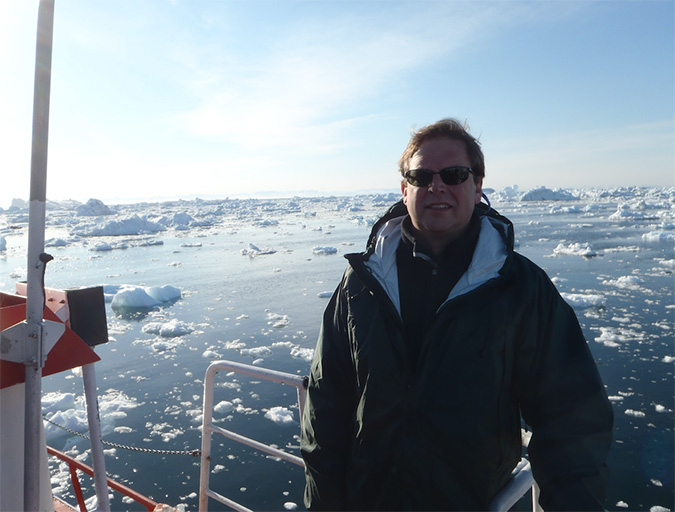
Innovation & Investment
Aquaculture Exchange: Sebastian Belle
The executive director of the Maine Aquaculture Association talks to the Advocate about the diverse and growing industry in his state (oysters, mussels, kelp, eels and salmon) and how aquaculture should be used as a rural development tool.
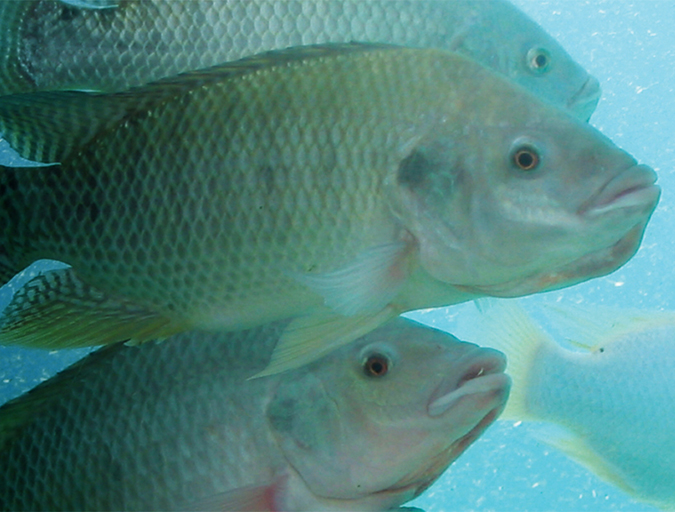
Health & Welfare
Aquaculture disease experts to download at GOAL 2016
At this year’s GOAL conference in Guangzhou, China, leading animal welfare and aquatic animal disease experts will share knowledge about how producers can gird their operations. EMS, EHP, streptococcosis and sea lice will be addressed, as will the latest in area management.
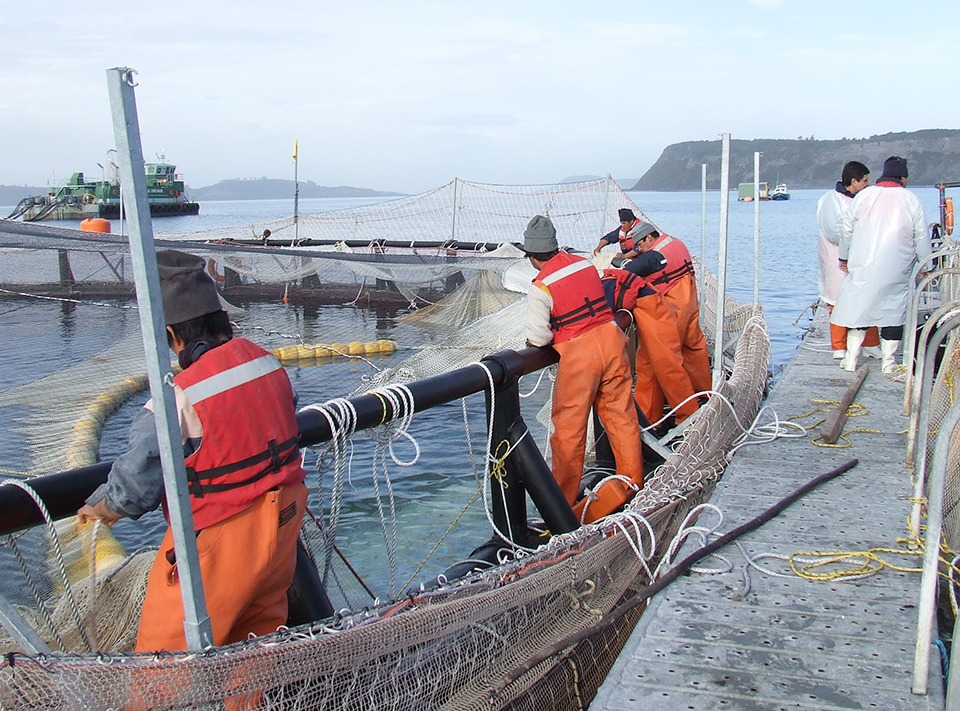
Health & Welfare
Chile’s salmon industry addresses health crises
Environmental and fish health problems have affected Chile’s salmon farmers since 2004. As production ramped up, 2006 saw an increase in sea lice that reduced output. In 2007, infectious salmon anemia spread across the farming region and quickly cut production.
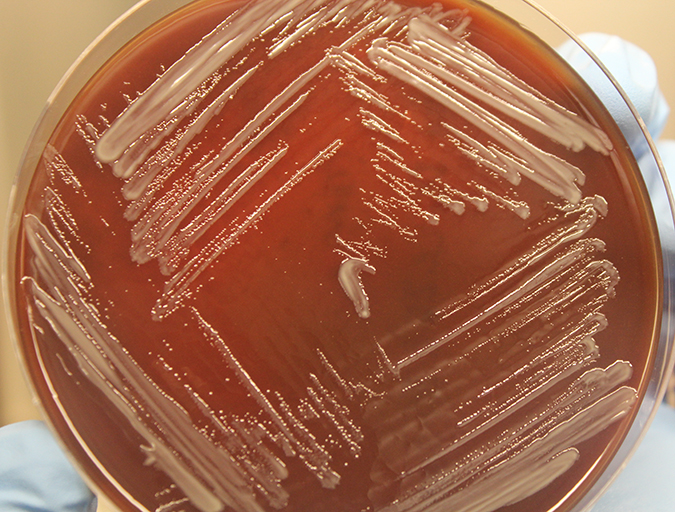
Health & Welfare
Studying the stubborn salmon disease SRS from afar
Piscirickettsia salmonis, or P. sal, is a persistent pathogen in the waters off Chile, causing millions of dollars of damage to the nation’s massive aquaculture industry. A university researcher 6,000 miles to the north hopes to provide insight that leads to the development of an effective vaccine.


